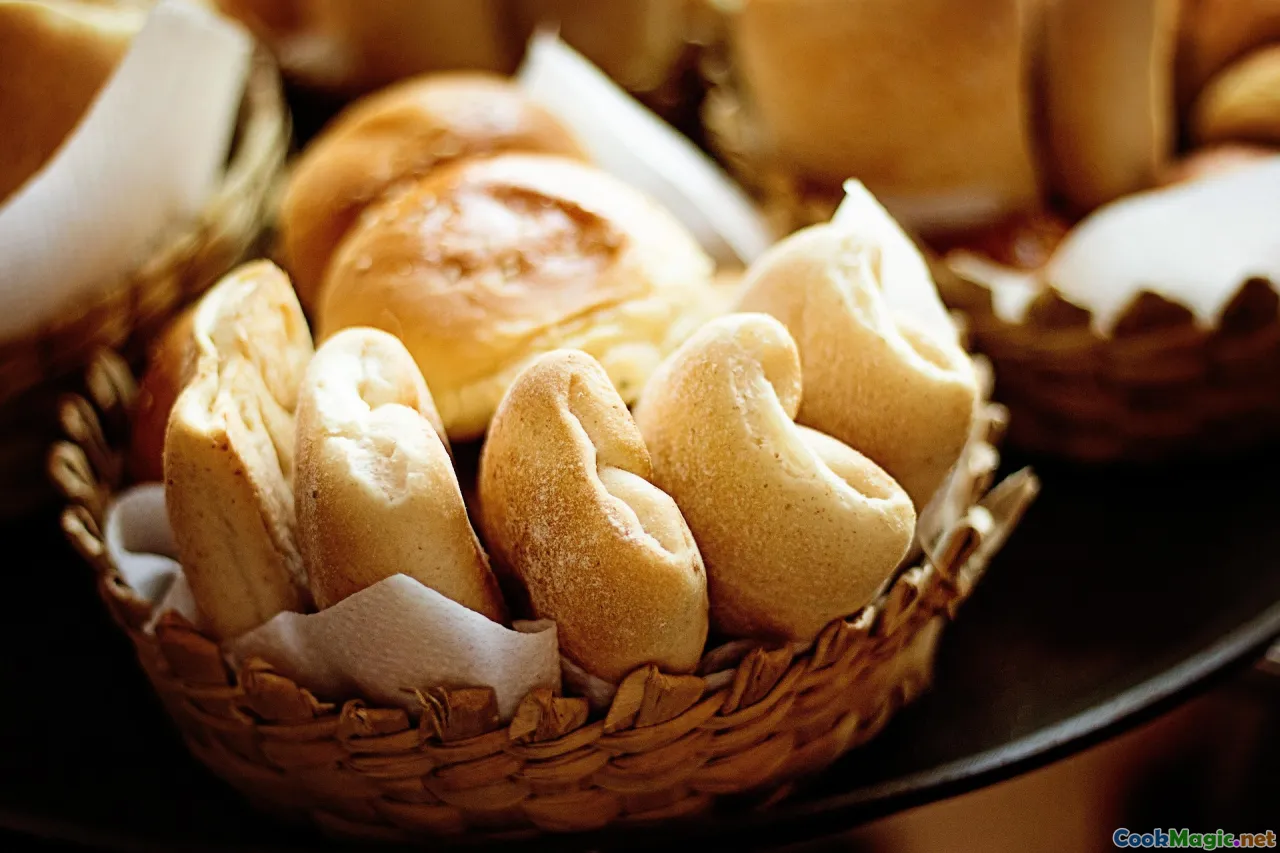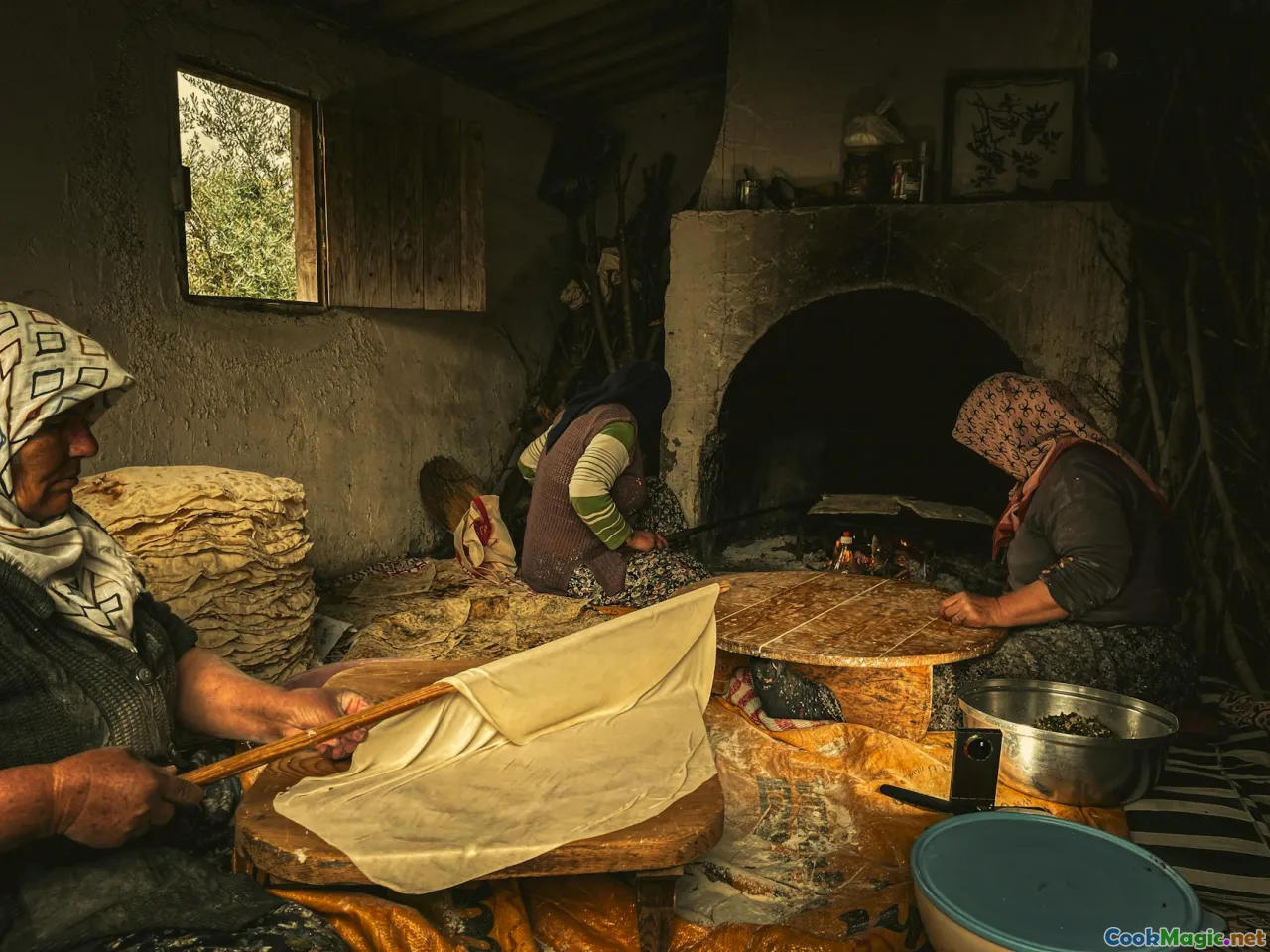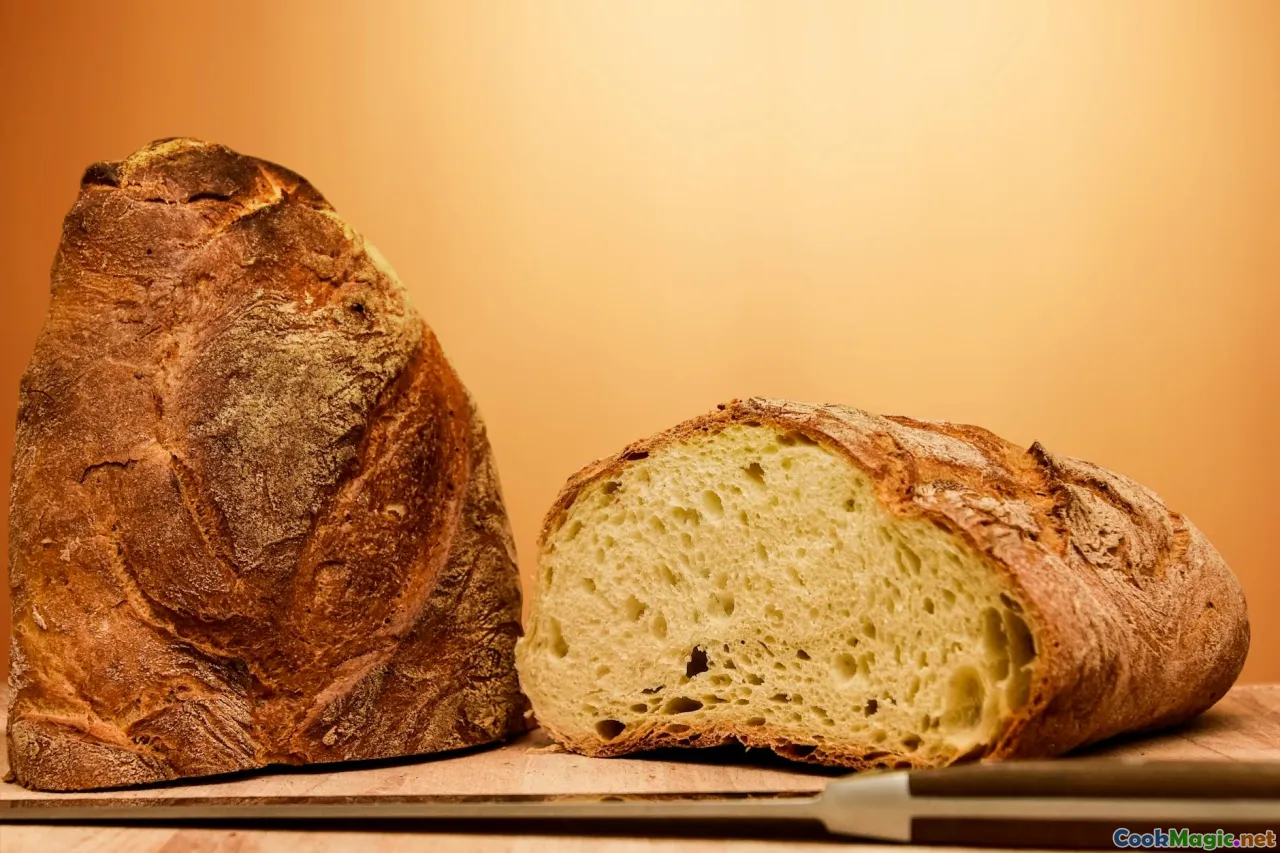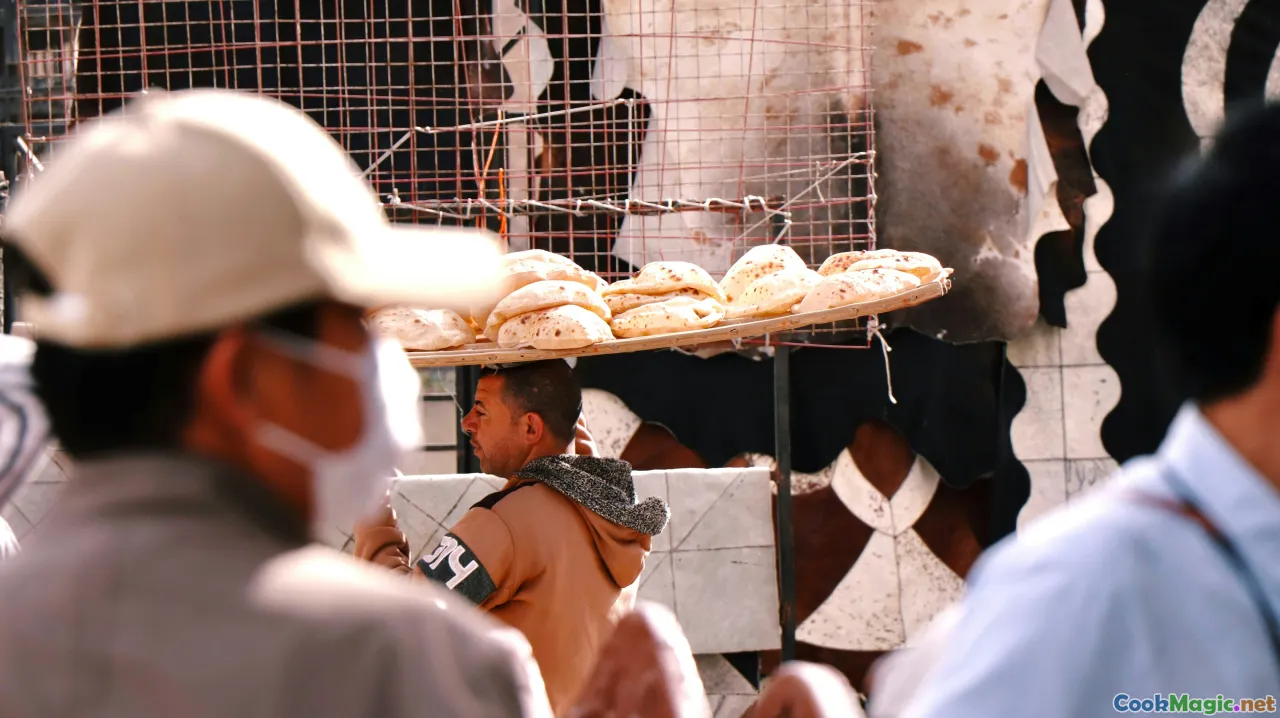Exploring the Art of Cypriot Village Bread Baking
11 min read Discover the rich tradition and techniques behind Cypriot village bread baking, showcasing cultural heritage and culinary craftsmanship. June 26, 2025 09:05
Exploring the Art of Cypriot Village Bread Baking
In the fertile valleys and rugged hills of Cyprus, amidst centuries-old olive groves and vineyards, a culinary tradition endures: the sacred art of village bread baking. This isn’t merely about sustenance; it’s a cultural touchstone, weaving together history, community, and the sensory pleasures that define Cypriot life. The aroma of freshly baked halloumi, the crackle of crusty bread, and the nostalgic charm of communal baking rituals evoke a sense of belonging and continuity that transcends generations.
From tiny hamlets perched on the limestone cliffs to bustling village squares, Cypriot bakers transform simple ingredients into masterpieces filled with character and soul. Here, every loaf whispers stories of ancestors who perfected ancient techniques, of local ingredients harvested at their peak, and of celebrations where bread is both sustenance and symbol.
The Roots of Cypriot Village Bread: A Cultural Canvas

Cypriot village bread, or “pitta” in its simplest form, extends beyond the typical flatbread known internationally. It encompasses a variety of rustic round loaves, slightly flattened and with a chewy, chewy interior surrounded by a golden crust. These breads are deeply intertwined with Cypriot identity, reflecting a history influenced by diverse civilizations—Byzantines, Venetians, Ottomans, and modern Greeks.
In many villages, bread baking was traditionally a communal affair. During the winter months, the village women or elders would gather at a communal oven, sharing stories while kneading dough made from local wheat, water, and a pinch of salt. They relied on time-honored techniques passed down through generations, ensuring every loaf carried the essence of local tradition.
Historical records suggest that bread was always a family affair, with mornings initiated by the warmth of an outdoor oven, called “forsouna” or “fournos,” infused with the aromas of rising yeast and fresh dough. Cypriot bakers often scheduled baking days aligned with the lunar calendar, believing the phases of the moon influenced the bread’s texture—a practice echoing ancient traditions from the Eastern Mediterranean.
The Techniques Behind the Perfect Village Bread

Baking authentic Cypriot village bread involves a delicate balance of skills and patience. The process begins with selecting the best ingredients—hard wheat flour, natural yeast or sourdough starter, water, and salt. The choice of flour is crucial: locally milled wheat, often ground by traditional stone mills, imparts a hearty flavor and robust texture.
Kneading is a tactile art, requiring rhythmic pressure and patience to develop the gluten network that traps gas within the dough. This step often takes 20–30 minutes, with artisans pressing and folding until the dough becomes elastic and resilient.
Fermentation is key. Village bakers often allow the dough to rise slowly, sometimes over several hours or overnight, in cool, shaded environments. This slow fermentation creates complex flavors and a tender crumb, while developing native yeast flavors that are distinctive to each village.
The shaping of the loaf is equally important. Many bakers prefer round loaves with a slightly flattened top, scored with a simple cross or decorative patterns for aesthetic appeal and to control expansion during baking.
Baking is traditionally done in wood-fired or charcoal-fired stone ovens, which provide an intense, even heat and impart a unique smoky aroma. The oven’s interior is heated until hot, then the bread is slapped onto the oven floor or hung on pegs, baking for around 20–30 minutes until the crust turns deep golden brown, crackling with an almost caramelized aroma.
Sensory Dimensions: The Taste and Texture of Cypriot Village Bread

The resulting bread boasts a complex profile: a beautifully blistered, crackling crust, often with visible charred spots that lend a subtle smoky depth. Inside, the crumb is airy yet dense, with small irregular holes that speak to a rustic authenticity.
Taste-wise, Cypriot village bread is mildly nutty and wheaty, with a slight tang if sourdough methods are employed. Its chewiness invites slow savoring, making it ideal for scooping up grilled vegetables, creamy dips like tzatziki or tahini, or even layered with freshly grilled halloumi.
One of the most captivating qualities is its versatility—warm from the oven, it acts as a natural vessel for a multitude of dishes, or simply paired with local honey and tahini for a sweet contrast.
The Social and Celebratory Aspects of Village Baking

Bread in Cypriot villages is not just food—it's an emblem of community and celebration. Many villages host annual festivals centered around bread baking, where villagers gather around open fire ovens, sharing stories and laughter.
These gatherings often coincide with agricultural cycles or religious festivals, where bread becomes a symbol of abundance and gratitude. For example, during the Assumption of the Virgin celebrations, special loaves are baked and offered at the church, blending spiritual reverence with culinary artistry.
In many homes, a “samsari”—a specially prepared piece of dough raised from the first batch—is kept aside as a cherished starter for future baking, embodying continuity and hope.
Modern Takes and Preservation of Tradition

While mass-produced bread has taken hold in urban centers, a passionate movement exists to preserve and adapt traditional village baking techniques. Artisan bakers, both within communities and abroad, are reviving ancient methods using traditional wood-fired ovens, stone molds, and local ingredients.
Chefs are experimenting by incorporating whole grains, sprouted flours, and natural fermentation to enhance flavor complexity and nutritional profile. Some have begun offering interactive baking workshops, inviting enthusiasts to knead and shape their own loaves, ensuring that this ancient craft remains lively amidst urbanization.
Furthermore, some villages have turned bread-making into a tourist draw, hosting demonstration workshops that celebrate local culture and craftsmanship. These efforts not only safeguard culinary traditions but foster economic sustainability for small-scale farmers and bakers.
Practical Tips for Truly Authentic Cypriot Village Bread at Home
- Use locally milled wheat flour. The flavor and texture of traditional bread benefit immensely from stone-ground, unbleached flour.
- Create a natural starter. Capture wild yeasts by fermenting a mixture of flour and water over several days, nurturing a tangy, bubbly starter that fuels authentic flavor.
- Slow fermentation is vital. Aim for an overnight or long rise in a cool place to develop complex flavors.
- Bake in a hot oven (preferably with a pizza stone or Dutch oven). Achieve that blistered crust by ensuring high heat and steam during baking.
- Embrace improvisation with traditional tools. Use a simple scoring tool, and if possible, bake in an outdoor or wood-fired oven environment.
The Enduring Legacy of Cypriot Village Bread
<AMZZBoYng5ZmU20sAD0LOilXtYOTyyyyPP Drum key>-craftsmanship of Cypriot village bakers is more than a culinary technique; it’s a profound cultural expression—an edible connection to land, history, and community. Each loaf not only sustains but also celebrates the resilience, creativity, and warmth of Cypriot villages.
In a world rushing toward homogenized food and fast-paced living, of course, there’s something profoundly grounding about sharing a crusty, fragrant loaf of authentic Cypriot village bread. It invites us to slow down, savor the moment, and partake in a living tradition that continues to nourish body and soul.
So, whether you find yourself wandering the narrow alleys of a Cypriot hillside village or in your own kitchen experimenting with ancient techniques, remember: the true art of village bread baking is about connection— to land, to history, and to each other. As Cypriot bakers would say, it’s about baking bread with love and reverence for the craft—and that’s a flavor no recipe can fully capture.









